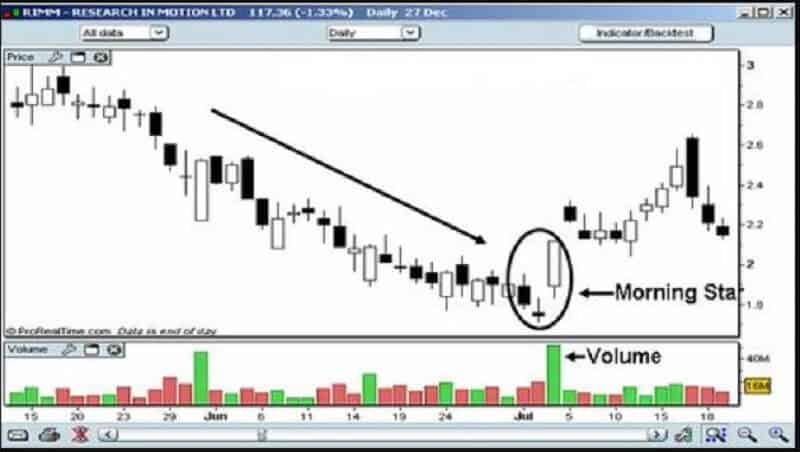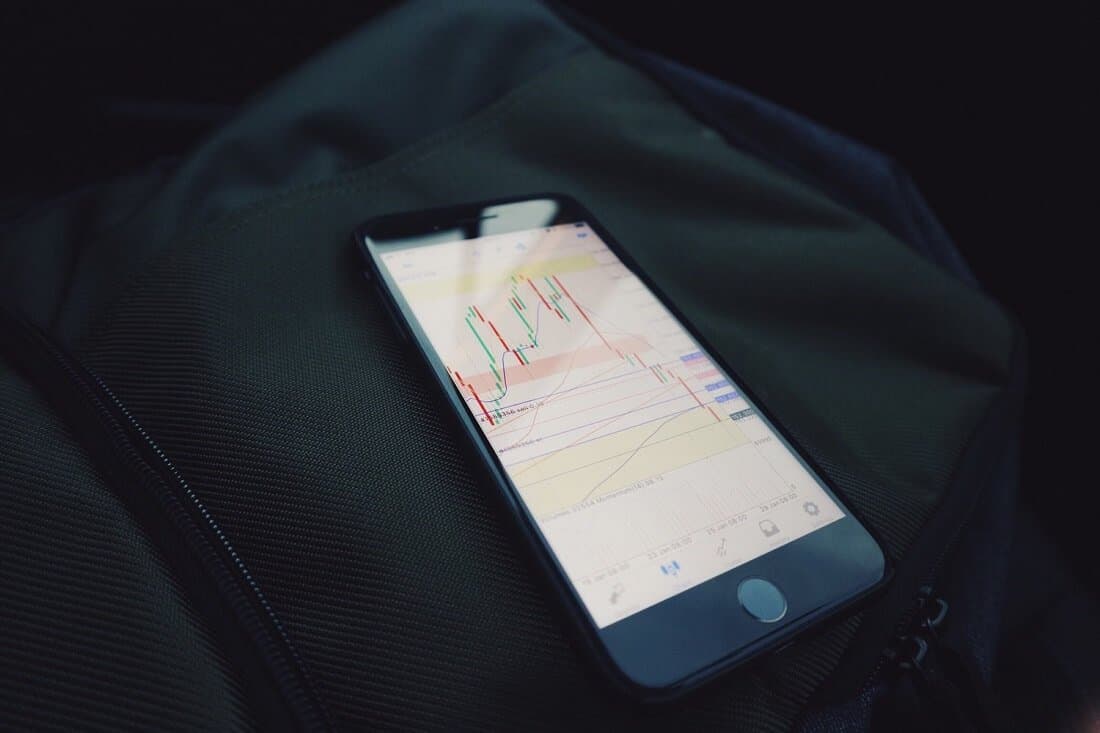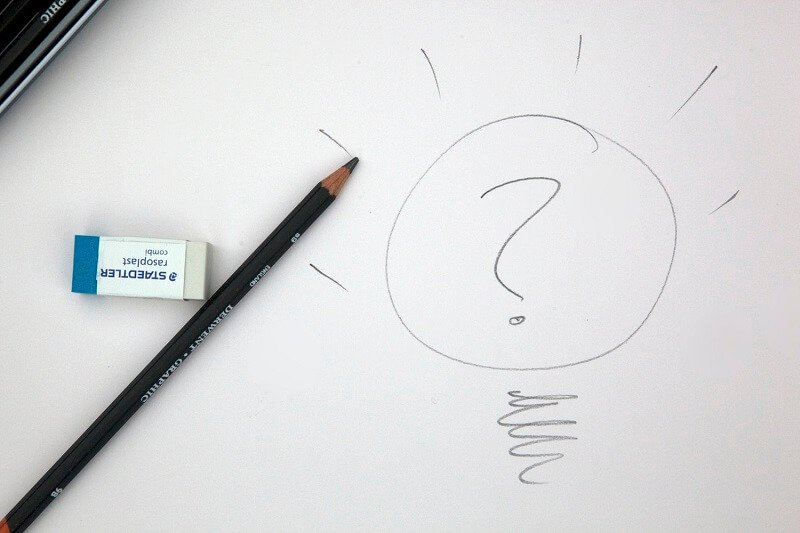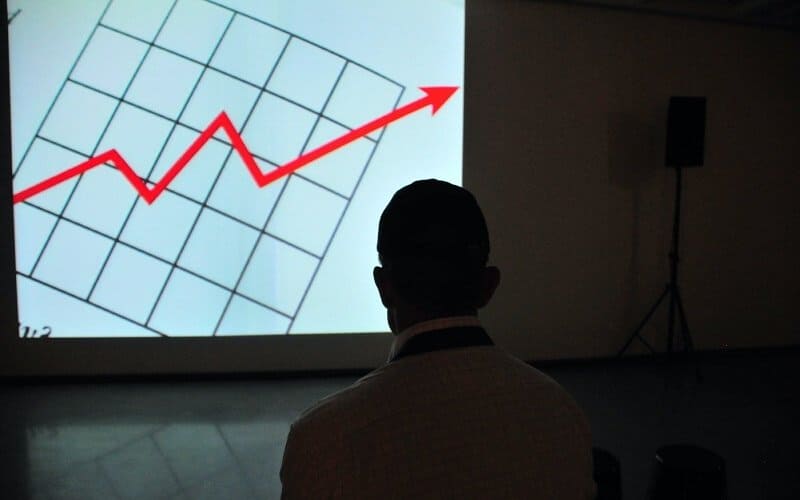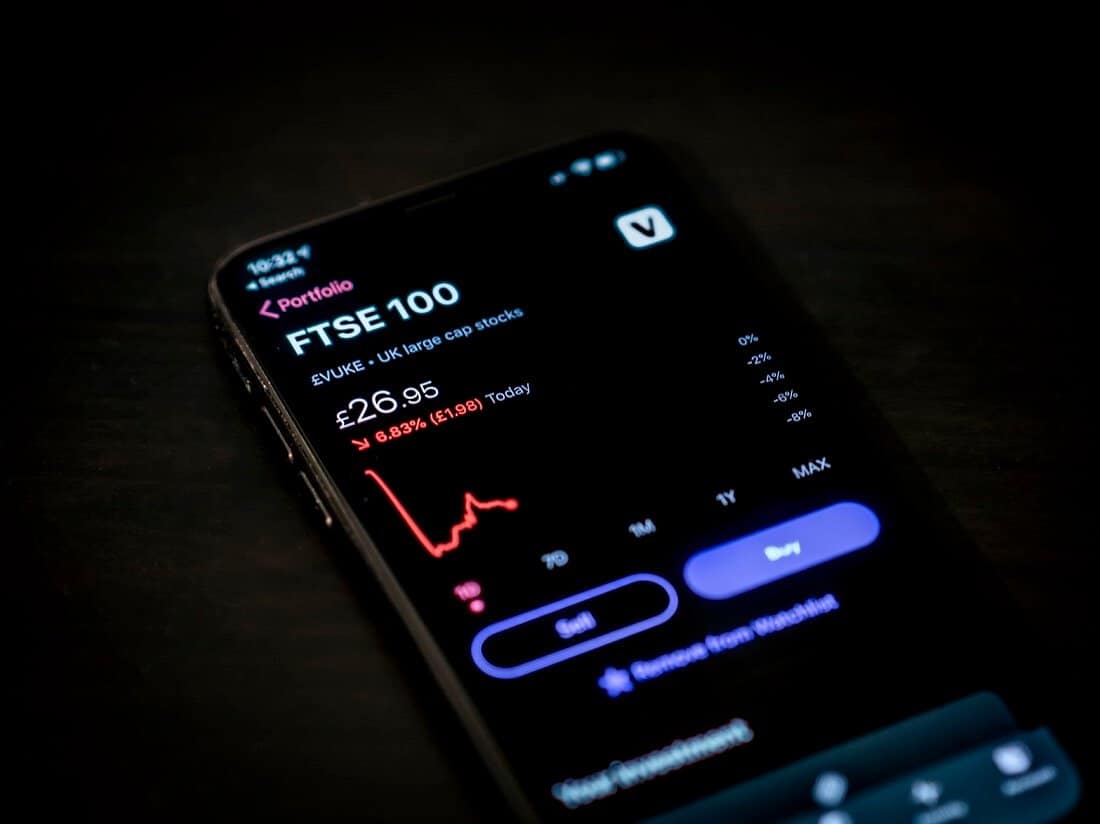These low-risk options trading strategies are commonly used for trading stocks but they are suitable for any market you would like to trade.
By Guy Avtalyon
Low-risk options trading strategy should be cleverly defined. It is a whole different story from any other trading. Options trading means a bit more security. How? Instead of estimating what price the particular asset will hit, you can enter the opposite position and speculate which price it will not hit. Sounds weird? Absolutely not. Yes, for some people this whole world of puts and calls may sound scary but low-risk options trading strategy is one of the easiest ways to make money.
For example, you can take a position called a covered call which is one of the safest. So, instead of talking a lot, let explain this low-risk options trading strategy.
Covered call as low-risk options trading strategy
This can be an excellent method to increase your profit. This strategy means to sell the right to buy a stock that you own, at a specific price, on a determined date. You’ll receive the premium when selling a contract, and you’ll receive it immediately. The best part is that you’ll profit even if the stock price doesn’t change, no matter if it stays the same or drops. The buyer, to whom you sell the contract, can make a profit only if the stock price increases within the specified time frame.
So, you’ll have better chances than the buyer of doing well. And, don’t forget this, you’ll get the premium. You can use it to protect your trades in other positions you take if they are risky.
For you, that are new in this field, use the stock you already hold. In case you lose on the contract you’ll have the stock to simply give. Keep in mind that the call is only valid until the expiration. If the stock price stays below the strike price, then you’ll keep the profit or cost reduction. You can do it over and over again with the covered call. In this way, you’ll continue to reduce your cost and increase protection against unfavorable moves in the stock.
Collared Stock
Collared stock, or ‘collars’, are similar in approach to a covered call. In this strategy, you should start with a covered call. But the difference is that you will not take a premium to reduce the cost of your positions. Instead, you’ll take that profit to buy a put option and use it as added downside protection. By buying the put option, you’ll get the right to sell your stock at the strike price. And the best part, despite anything that could happen, you’ll have the right to sell that stock at the strike price. Frankly, this put option is the best stop-loss you can buy.
This strategy is suitable after a large run-up in the stock. Also, when the investor assumes there is a notable downside. You can tune Collared stock to take the remaining risk out of the stock position. How much it will be, depends on the position of the call and put options strike prices relative to the current price.
For example, if you got $1.80 for the sale of 115 call option.
How much put to buy?
Let’s go further. If you have, let’s say the 110 put costs $2,75 and 105 put costs $1,15, you have a tradeoff. So, make it. The other solution is to buy the 110 strikes that will give you almost the full protection. Or you keep a bit risk on the position and purchase the 105 strikes. For the first solution, you’ll need more money, you’ll have to pay an extra amount of $0.95 for the protection. It can be a rocky path. Instead, buy the 105 strike puts. By entering this position, you’ll save $0.65 in cost reduction.
Can you see it? This strategy means to take off as much as a possible risk from stock you can. The point with tradeoff is to take upside reward with the most risk you take off.
In essence, it’s almost the same when you’re selling the stock. The potential risk is big, so the reasonable question is why shouldn’t you sell the stock instead? It’s simpler. Anyway, this strategy is broadly used by hedge funds to limit the market’s moving.
Short Put or Naked Short Put
Nothing indecent to see here. All you are performing is writing a put for the premium, or the credit from selling the put. It is alike as a covered call but without the stock.
When you sell the put, you have an obligation to buy shares from the counterparty at the strike price if they decide to execute the contract. You’ll sell a put when you suppose the stock price will go up or stay near to the current price. But, if the stock increases, you’ll keep all the money you got from the sale.
But there is another way also. You can use writing puts to be paid to wait for the price to pull back. And then enter the stock. In essence, you’re paid to take the risk of some other trader’s stock. Your hope is the stock will pull back and the option will be exercised by the owner of the stock. So you’ll take delivery of the shares.
This strategy is excellent while the markets are high. Well, what will happen if you don’t want that stock or the price suddenly drops? The premium will compensate for the drop. Same as with a covered call. If you try this with stock instead of the options, there will be no compensation.
With short put, you’ll have lost less than you can in stock trading.
Generally, short puts outperform covered calls in risk-reduction trade-offs but unfortunately not in all market conditions. There is a concept in options trading known as the “volatility smile”. It points out that markets are more terrifying than greedy. Remember, since a short put doesn’t have stock in the position, you’ll need to be very active to stay invested.
This is a kind of leverage, so you’ll have to use it very carefully. The beginner traders should approach short put trades with the knowledge that they could be forced to buy the stock at the strike price of the put they sold. It’s very reasonable to keep aside enough money to buy the stock if you are assigned.
Risk Reversal as low-risk options trading strategy
With options, the focus is on implied volatility. This means, when the market falls, implied volatility increases, and vice versa. The market becomes rougher when stocks decline and more pleasant when stocks grow.
A risk reversal copies buying stock. That means you’re selling a put and then using those profits to buy a call. But as a difference from the stocks, in this position, you’re taking advantage of the already mentioned volatility smile. It will allow you to spread out the exercise prices and take additional advantage of volatility differences.
This low-risk options trading strategy is a great method to employ for a big move up in stock. But, you’ll not be allowed to play in the zone between the put and call.
Put Spread
So far we mentioned the low-risk options trading strategy that trades upside for downside protection. But there are other low-risk strategies for options trading.
When you trade a position that has direction there is one obvious risk that won’t go away: the risk that you’re wrong in gauging what is the future direction of the stock. In options trading, you don’t need to trade a direction. You don’t have to determine if a stock will grow or decline. Instead, you can trade volatility and time decay. One of the lowest risk strategies is the calendar spread. The calendar spread is when you sell a near-term put and buy the same put but with the later expiry date.
For instance, you sell the March 100 put and buy the April 110 put. So, if we know the pricing is based on the future value of the stock, the more time the option lasts, it will lead to more value. That is the benefit of the calendar spread.
But why would you need to do this? Simply, to benefit from the time and volatility changes. This isn’t the most exciting strategy but in trading, less is more. In other words, less excitement means less risk.

How can you make money?
Easy! As you go closer to the expiry date of the first put contract, its value will decline every day more than the longer-dated put. But you’ll have to stay close to the current trading range. Meaning, take advantage of the time decay of a short put. This is the way to have a steady increase in profit as long as you stay in the range. Don’t wait for the expiration date. Wait until 15-25% of the maximum return. You’ll have a nice profit.
With these low-risk options trading strategies, you’ll have some of the tools needed to add to your portfolio. These strategies are commonly used for trading stocks but you can also buy calls and puts if you want to trade cryptocurrencies. In trading any market, it is very important to be equipped with the knowledge of how to take lower risks and maximize the profit.
More articles on this subject:
>>> Low-risk Options Trading Strategy
>>> Mistakes in Options Trading – How To Avoid Them?
>>> How Options Trading Make Money?
>>> Greeks In Trading Options As A Risk Measure
>>> What Is Options Trading Examples
>>> Trading Options – Understand the World of Options (Full tutorial)
>>> Short Call Option Strategy Explained






